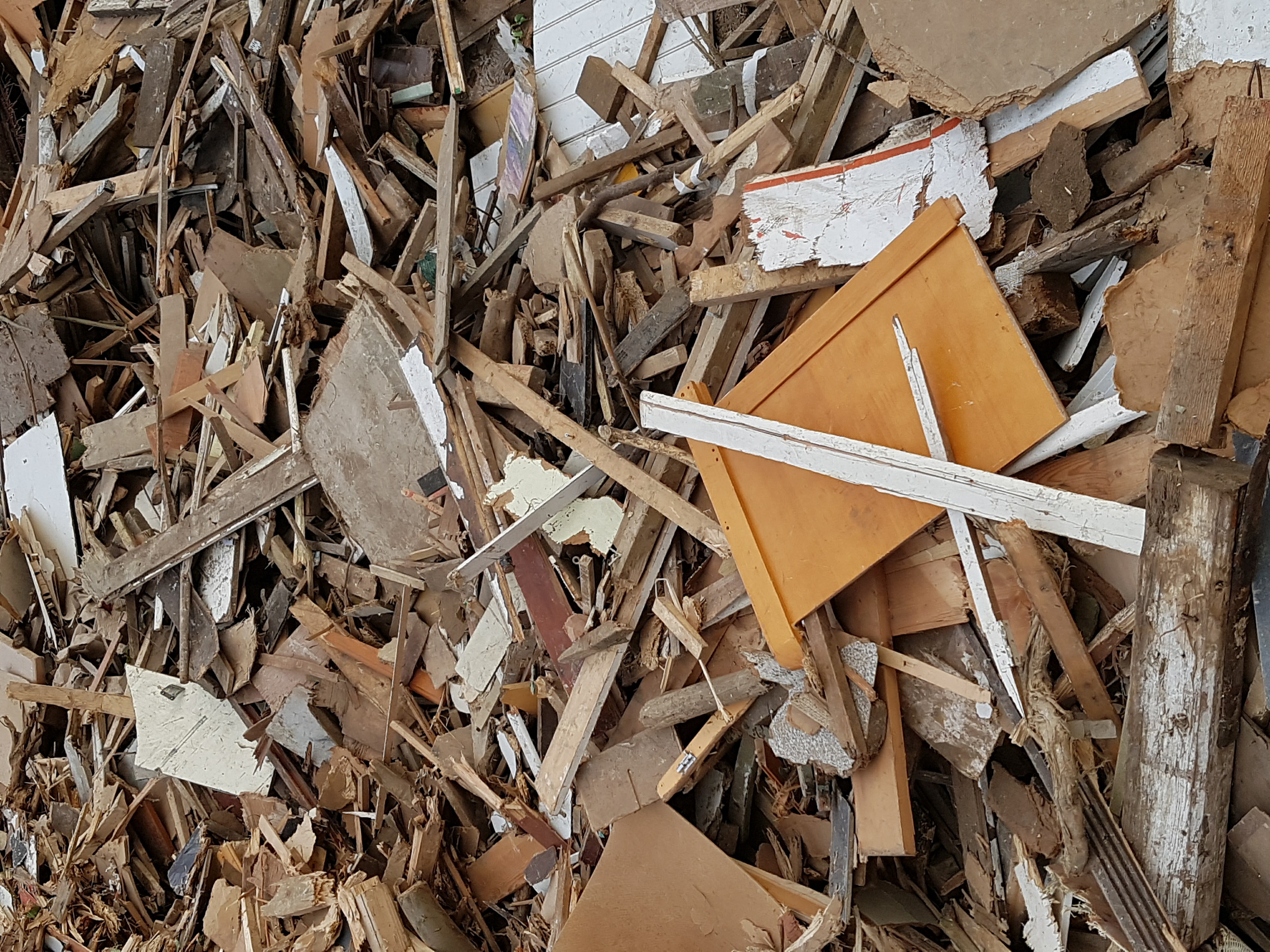
08 July 2021
The need to classify waste as either hazardous or non-hazardous is a requirement of waste regulation. How to classify waste is described in Technical Guidance WM3. Having said that let’s look at how the need to classify waste relates to waste wood.
Untreated wood can be assumed to be non-hazardous, while treated wood may be hazardous. Items such as telegraph poles and railway sleepers can be easily identified and assumed to be hazardous. However, some other treated wood items may not be visibly identifiable but may be hazardous. This issue is causing the wood recycling industry significant concerns.
The regulators and relevant trade associations have been discussing the impact of classification on wood recycling and disposal for several years. The need to implement classification to waste wood has been delayed by the Regulatory Position Statement (RPS) 207. This position statement has already been extended several times and is currently due to expire on 31st July 2021. Previous extensions were granted by the Environment Agency in response to requests from the Wood Recycling Association (WRA) to give them time to complete their sampling and investigation. When RPS 207 expires waste wood, that has not been classified, should be assumed to be hazardous. This will also apply to any waste wood that has been collected and stored on a site while the RPS was in force.
The WRA aims to identify those sources/types of waste wood that is likely to be hazardous. So far this has identified structural timbers, fence posts and decking as potentially hazardous. This means that on expiration of RPS 207 these items at least, would need to be segregated at collection and recycling facilities and any facility taking such items would need to be appropriately permitted to accept hazardous waste.
Should you have treated wood or mixed wood that needs to be classified you will need to follow WM3 guidance on sampling, analysis and assessment of the laboratory data to ensure that you obtain a robust assessment. The laboratory analysis of samples should include all substances that could be present and can incur significant costs. However, if you short cut this process by analysing for fewer substances it could mean that your assessment is not robust.
It is anticipated that there could be an increase in the number of EA inspections of wood recycling facilities when RPS 207 expires. Consider if you are prepared to evidence compliance with waste regulation. Ask yourself, do you:
- Have adequate procedures to implement waste classification requirements in your EMS?
- Appreciate the additional costs of sampling, analysing and haz waste assessing your waste wood?
- Have resources (in house or external) to implement these requirements?
We are specialist environmental consultants and carry out hazardous waste assessments for our clients in the waste industry. We also provide help and guidance on all aspects of permit compliance. Do get in touch if you need any help or advice.
